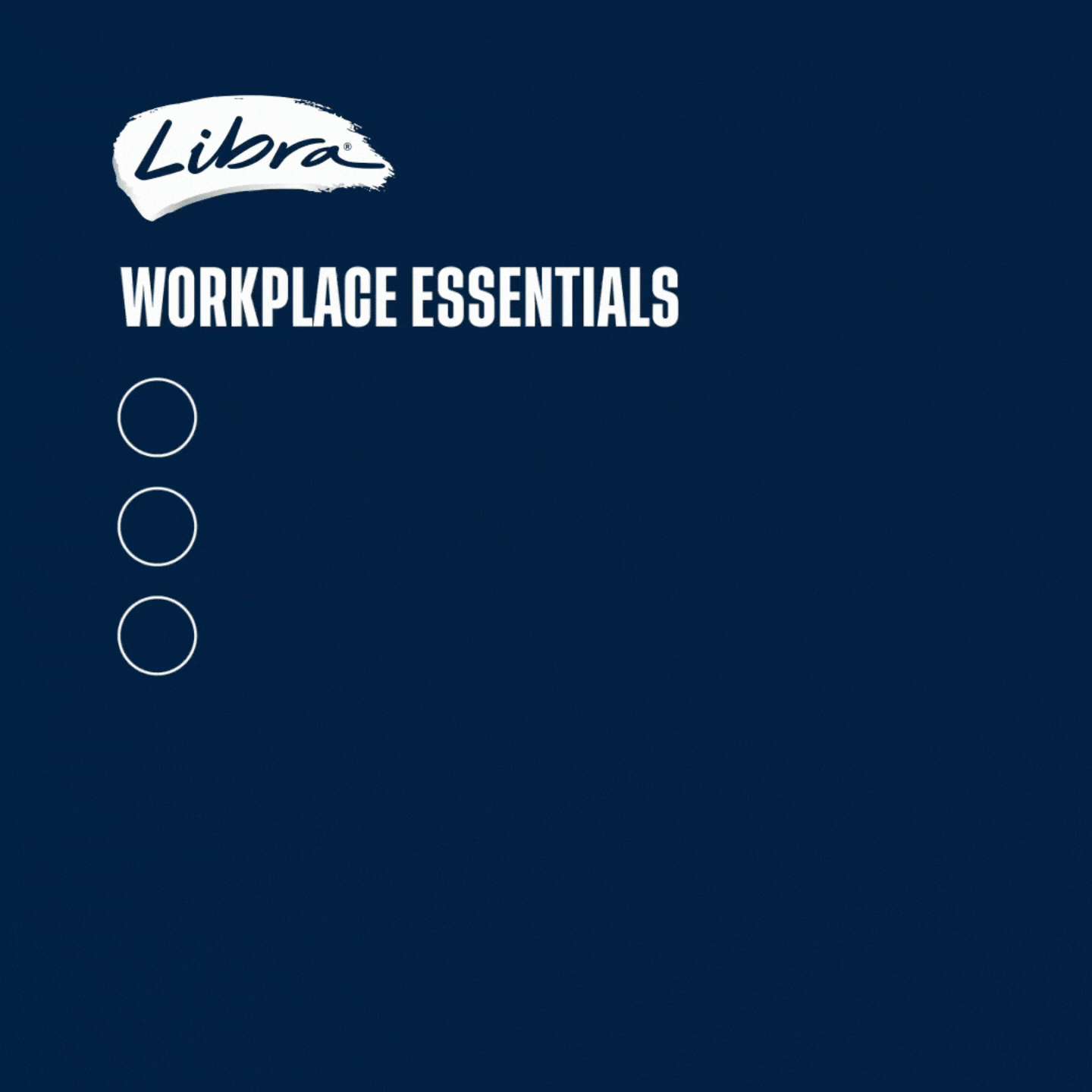Early last month at the Women’s Agenda Leadership Awards, on the very same day the Harvey Weinstein story first broke, Professor Gillian Triggs gave a speech and asked the following amazingly prescient question: “Are we too measured? Too databased? Too calm under fire? Perhaps it’s time to be a bit more vulgar?”
Triggs clearly put her finger on something. The retaining walls holding back women’s anger were in the process of being breached in a year that saw an unapologetic misogynist elected President of the United States and a million women take to the streets in protest.
In the days and weeks that followed Triggs’ remarks, as the full scale of Weinstein’s decades of abuse became clear and millions of women were emboldened to share their stories of sexual harassment and assault via #MeToo, the floodgates opened.
And though Triggs’ use of the term “vulgar” raised a few eyebrows – why not angry – she was clearly playing with the idea of how women’s expressions of anger are traditionally seen: lacking sophistication, coarse and rude.
We’ve heard all the clichés about angry women: They are “unhinged”, “hysterical”, having a “meltdown”, too “emotional” and need to “calm down”. They are denied the culturally preferred descriptors of the “good girl” and its millennial equivalent the “chill girl”.
And as any self- professed feminist, particularly those with a public profile, will tell you, women often come up to them wanting to support the cause but fear they will be tarred with the angry brush.
So in using the term vulgar, Triggs was clearly trying to reclaim anger as a powerful tool for women, as well as challenge its gendered negative connotations.
Then this past weekend, women’s anger again went viral.
A video of actress Uma Thurman expressing her anger (some have called it simmering rage) when asked about Harvey Weinstein caught our collective attention. And in the days since, many writers have explored the issue of women, anger and its utility.
In an essay for the Atlantic Monthly, Megan Garber noted that this rare event of the American public applauding an angry woman represented a “new paradigm” post Weinstein, and the Weinstein effect would be a story of women’s anger – anger they have been asked to squelch, smother and ignore – “weaponised”.
In Daily Life, Jane Gilmore wrote about how women are taught their anger is shameful because it is “not likeable and we must be liked more than we are respected.” She challenged women to embrace and use anger, “because it is real, justifiable and valuable”.
Finally, Lindy West used her weekly column in the New York Times to explore the ways women have been punished for expressing anger and her own personal journey to embrace it: “It took me two decades to become brave enough to be angry. Feminism is the collective manifestation of female anger.”
It’s worth noting that anger has undergone a significant rebranding in recent years.
Just three years ago, a long feature in Psychology Today, “Go Forth in Anger”, highlighted a growing body of research from social and evolutionary biologists, psychologists and brain scientists that dented the long held view that anger is a negative or destructive emotion.
Apparently, anger can be a force for all sorts of good, decreasing levels of the stress hormone cortisol, thereby helping people calm down and get ready to address a problem.
According to researchers, anger fuels optimism, creative brainstorming and problem solving by focusing the mind and mood in highly refined ways. It’s the opposite of fear, sadness, disgust and anxiety, all feelings that prompt avoidance.
But, as is ever the case with these things, this rebranding of anger and its associated benefits were – until now – denied women. Just a year later, Psychology Today published another article, “Why Don’t We Trust Angry Women?”, which highlighted new research that found women who express their anger in impassioned speeches intended to persuade others, were less likely to get results compared to men.
Bravo Triggs, Garber, Gilmore, West and all the other women contributing to this much needed conversation about women and anger. If anything good comes out of the last year, the reframing of women’s anger as a powerful tool for social change will be high on the list.
Make no mistake about it, 2017 will be remembered as the year of angry women, and that’s a good thing. Forget the old cliché about the “angry” feminist. As I recently quipped on a friend’s podcast, we’ve likely moved on to the “f***ing furious” feminist.
Iconic images from the year will include the Million Woman March, the Fearless Girl statue facing down the Bull on Wall Street, the Miss Peru contestants defiantly reciting violence against women statistics instead of their measurements, and Rose McGowan with her fist raised in the air.
This year, it’s not only been heartening to see more and more women openly embracing feminism, but embracing its potentially most potent form: the angry kind.
As someone who has spent nearly two decades campaigning for change armed with data and a hefty side order of calm, I’ve been personally feeling the benefits of a fuel injection of anger (must be that lack of cortisol).
I do hope there has been a paradigm shift, and those staring down the barrel of our collective anger will now be far more moved than they have previously been when confronted with the latest data set or report.
We’ve made “the case for change”. Now it’s time to demand it.
Women’s Agenda is a news publication OWNED by women and absolutely FOR women, sharing the latest news and advice for professional women, female entrepreneurs and all women with an interest in their careers and work.
Our email alert is free to readers, and will keep you informed, inspired and connected to the issues that matter.
Right now we’re giving new readers the opportunity to win one of EIGHT ‘Felicity Bags’ from local Australian designer Bella Corke, the founder of Freedom Filosofie. (Comp ends November 25 2017)


